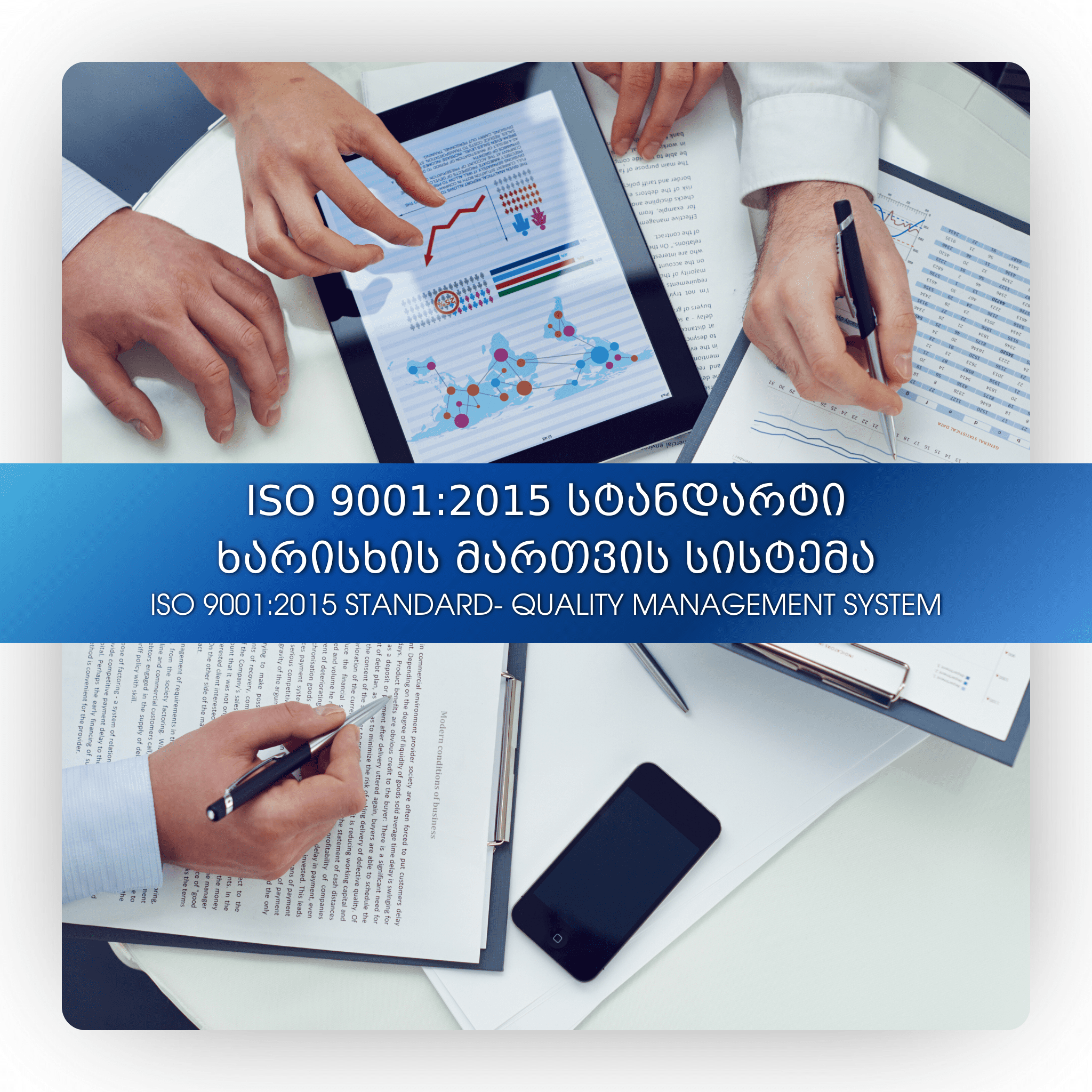ISO 9001:2015 Standard- Quality Management System
What is ISO 9001:2015?
◾️ ISO 9001:2015 specifies the Requirements of a Quality Management System (QMS)
◾️ This standard helps an organization to demonstrate its ability to consistently provide products and services that meet customer and applicable statutory and regulatory requirements.
◾️ It is the most popular international standard that specifies requirements for a OMS.
◾️ This standard was first published in 1987 by the International Organization for Standardization.
◾️ ISO composed of the national standards bodies of more than 162 countries as of Jan-2018.
Which information we get from ISO 9001
◾️ Requirements of a QMS.
◾️ Product realization, including the steps from design to delivery.
◾️ Planning and determining the operation sequence flow and interactions.
◾️ Management of resources, including human resources and an organization's work environment.
◾️ Responsibilities of management.
◾️ Measurement, analysis, and improvement of the QMS through activities like internal audits and corrective and preventive action.
Key updates:
◾️ The introduction of new terminology
◾️ Increased leadership requirements
◾️ An emphasis on Risk-Based Thinking.
◾️ Improved applicability for services
◾️ In the updated Standard New High-Level Structure (HLS) adopted.
◾️ Restructuring some of the information
◾️ It also includes a common guideline for the product, process, and services.
◾️Quality Management Principles are reduced 7 from 8.
Timeline:
◾️ In September 2015, the latest version is Published, 3 Year is a transition period.
◾️ So after September 2018, IS09001:2008 is no longer be Valid.
High-Level Structure Annex SL (HLS) ISO 9001:2015:
◾️ In this standard, the clauses are rearranged and these are the same structure as other all standardized management systems, known as a 'High-Level Structure' (HLS).
◾️ The main clauses of ISO 9001, 14001, 22000, 45001, etc. are all the same in High-Level Structure (HLS).
◾️ So we can easily integrate various systems together.
◾️ This integration of various systems is called an Integrated Management System (IMS).
What are the benefits of ISO 90012015?
◾️ Meet Customer Requirements.
◾️ Improve Product Quality.
◾️ Increase Customer Satisfaction with your Products.
◾️ Develop a Professional Culture and Better Employee Morale.
◾️ Improve Efficiency, Reduce Waste, and Save Money.
◾️ Achieve International Quality Recognition.
◾️ Establish and implement an efficient operation flow.
◾️ It helps to find out the problem from the system and improve it.
◾️ It helps to highlight deficiencies
◾️ Provides continuous improvement approach
SO 9001:2015 Requirements:
◾️ Read Complete Clause wise requirement of ISO 9001_2015. General Terminology
◾️ General Terminology and Process Approach is an important part of this standard
◾️ The adoption of this QMS standard is a strategic decision for an organization that can help to improve its overall performance.
◾️ It also provides a Sound Basis for sustainable development initiatives.
The main focus of ISO9001:2015:
◾️ Process Approach
◾️ Plan-Do-Check-Act Cycle
◾️ Risk-Based Thinking
Process Approach
◾️ This is a management strategy.
◾️ When managers use a process approach, it means that they manage and control the processes that make up their organizations, the interactions between these processes and the inputs and outputs that tie these processes together
Process Approach - Plan-Do-Check-Act Cycle:
◾️ PDCA is a repetitive four-stage model for continuous improvement in business process management.
◾️ The PDCA model is also known as the Deming cycle,
◾️ Shewhart cycle is the plan-do-study-act (PDSA).
